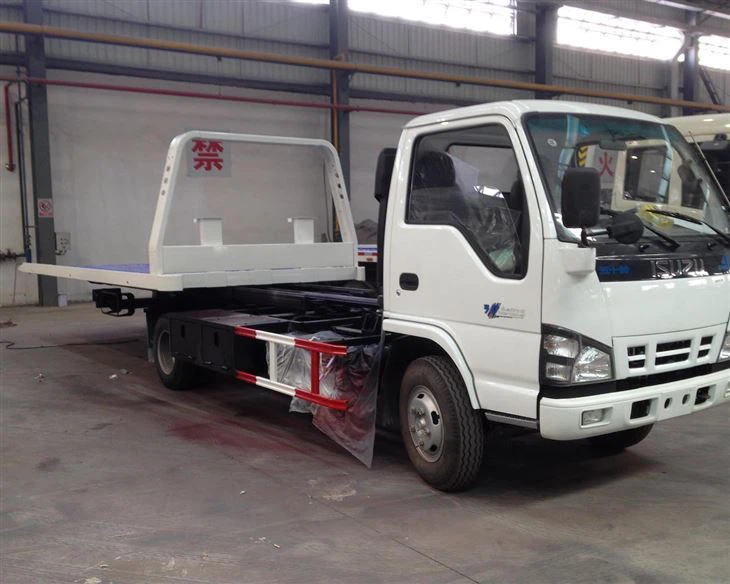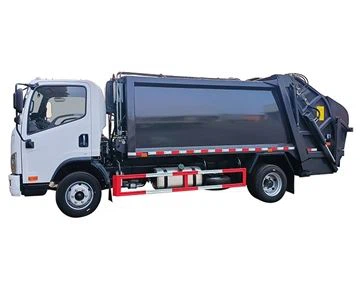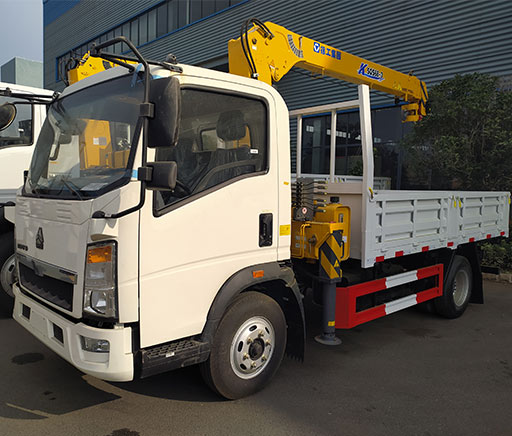Understanding the Kenworth T880 Empty Weight: A Comprehensive Guide

Introduction

The Kenworth T880 is a versatile, heavy-duty truck known for its robust performance, which makes it a popular choice among operators in various industries. One of the critical specifications that truck owners and operators must consider is the empty weight of the T880. This article delves into the details of the Kenworth T880 empty weight, how it affects the truck’s performance, and practical considerations for potential buyers and operators.
What is Empty Weight?
Empty weight, also known as curb weight, refers to the weight of a vehicle without any cargo, passengers, or optional equipment. This metric is crucial for understanding how much load a truck can carry, as it determines the maximum payload capacity.
Kenworth T880 Specifications
Overview of Kenworth T880
The Kenworth T880 is designed for various applications, including construction, logging, and other heavy-duty operations. Here are some key specifications:
- Engine Options: The T880 can be equipped with several engine options, including PACCAR MX-13 and MX-11.
- Transmission: It offers a range of transmission options, including automatic and manual systems.
- Wheelbase: Multiple wheelbase configurations are available to suit different operational needs.
- Cab Options: The T880 comes in day cab and sleeper cab configurations.
Empty Weight Range
The empty weight of the Kenworth T880 typically falls within the range of 17,000 to 20,000 pounds, depending on the configuration. Factors such as the choice of engine, transmission, and added features will affect the total empty weight.
Table 1: Kenworth T880 Empty Weight Configurations
| Configuration | Empty Weight (lbs) |
|---|---|
| Day Cab, Standard Engine | 17,000 |
| Sleeper Cab, Standard Engine | 19,000 |
| Day Cab, Heavy-Duty Engine | 18,500 |
| Sleeper Cab, Heavy-Duty Engine | 20,000 |
Importance of Knowing the Empty Weight
Understanding the Kenworth T880 empty weight is vital for several reasons:
1. Load Management
Knowing the empty weight helps operators figure out how much cargo they can safely transport without exceeding the vehicle’s Gross Vehicle Weight Rating (GVWR).
2. Compliance with Regulations
Various regulations dictate the maximum weight allowed on public roads. Being aware of the empty weight aids in compliance with local and federal regulations.
3. Fuel Efficiency Considerations
The weight of the truck affects fuel consumption. A heavier truck requires more power (and hence more fuel) to operate effectively. Understanding empty weight can help in managing fuel costs.
4. Performance Assessment
A truck’s performance, including its speed and handling, can be influenced by its weight. Lighter configurations may offer better maneuverability, while heavier setups provide better traction under heavier loads.
Factors Affecting the Empty Weight of the Kenworth T880
1. Engine Selection
The engine type significantly impacts the truck’s weight. More powerful engines generally add more weight to the chassis.
2. Cab Configuration
The choice between a day cab and a sleeper cab affects empty weight. Sleeper cabs typically weigh more due to the additional living space and amenities.
3. Chassis Type
Depending on the purpose of the truck (e.g., dump truck, flatbed, etc.), the chassis type and construction materials can alter the empty weight.
4. Additional Features
Any added features or customizations, such as specialized equipment or upgraded materials, will also impact the overall weight of the T880.
Calculating Payload Capacity
To calculate the payload capacity of the Kenworth T880, you need to know its Gross Vehicle Weight Rating (GVWR). The payload capacity is calculated using the formula:
Payload Capacity = GVWR – Empty Weight
For example, if the GVWR of a T880 is 33,000 pounds and the empty weight is 20,000 pounds, the payload capacity would be:
- Payload Capacity = 33,000 lbs – 20,000 lbs = 13,000 lbs
Example Calculation
Let’s say you have a Kenworth T880 with an empty weight of 19,000 pounds and a GVWR of 36,000 pounds.
- Payload Capacity = 36,000 – 19,000 = 17,000 pounds
Practical Tips for Buyers and Operators

1. Assess Your Needs
Determine what you will primarily use the truck for. This will help inform decisions about engine choice, cab configuration, and additional features.
2. Consider Weight Distribution
Proper weight distribution is crucial for safety and performance. Ensure that heavy loads are balanced evenly across the truck to avoid instability and excessive wear on components.
3. Regularly Check Weight Regulations
Keep yourself updated with local and federal weight regulations to avoid fines or penalties. This will help maintain operational efficiency.
4. Calculate Maintenance Costs
Heavier trucks may incur higher maintenance costs. Keep this in mind when planning your budget for upkeep and repairs.
Kenworth T880 Modifications and Their Impact on Weight
1. Weight-Reducing Technologies
Some modifications, such as aluminum components and lightweight frames, can reduce the truck’s empty weight while maintaining strength and durability.
2. Assessing Aftermarket Accessories
Adding accessories like toolboxes, additional fuel tanks, or other features will increase the empty weight. Evaluate the benefits versus the added weight when considering modifications.

3. Impact of Customization
Customized trucks may meet specific industry needs but can lead to variations in empty weight. Work with a trusted dealership or manufacturer to understand how custom options affect overall weight.
FAQs about Kenworth T880 Empty Weight
1. What is the empty weight of a Kenworth T880 with a standard day cab?
The empty weight of a Kenworth T880 with a standard day cab typically starts around 17,000 pounds.
2. Does the type of engine affect the empty weight?
Yes, different engines have varying weights. More robust engines may add additional weight to the overall configuration of the T880.
3. Can empty weight affect fuel efficiency?
Absolutely! Heavier trucks generally consume more fuel. Knowing the empty weight helps you manage fuel expenses better.
4. How can I calculate my truck’s payload capacity?
To calculate payload capacity, subtract the truck’s empty weight from its Gross Vehicle Weight Rating (GVWR).
5. What role does cab configuration play in the empty weight?
Cab configurations, such as day cab versus sleeper cab, significantly impact empty weight due to additional materials and features in sleeper cabs.
6. Are aftermarket modifications worthwhile if they increase weight?
It depends on your operational needs. While some modifications can enhance performance or functionality, always consider the added weight versus their benefits.
